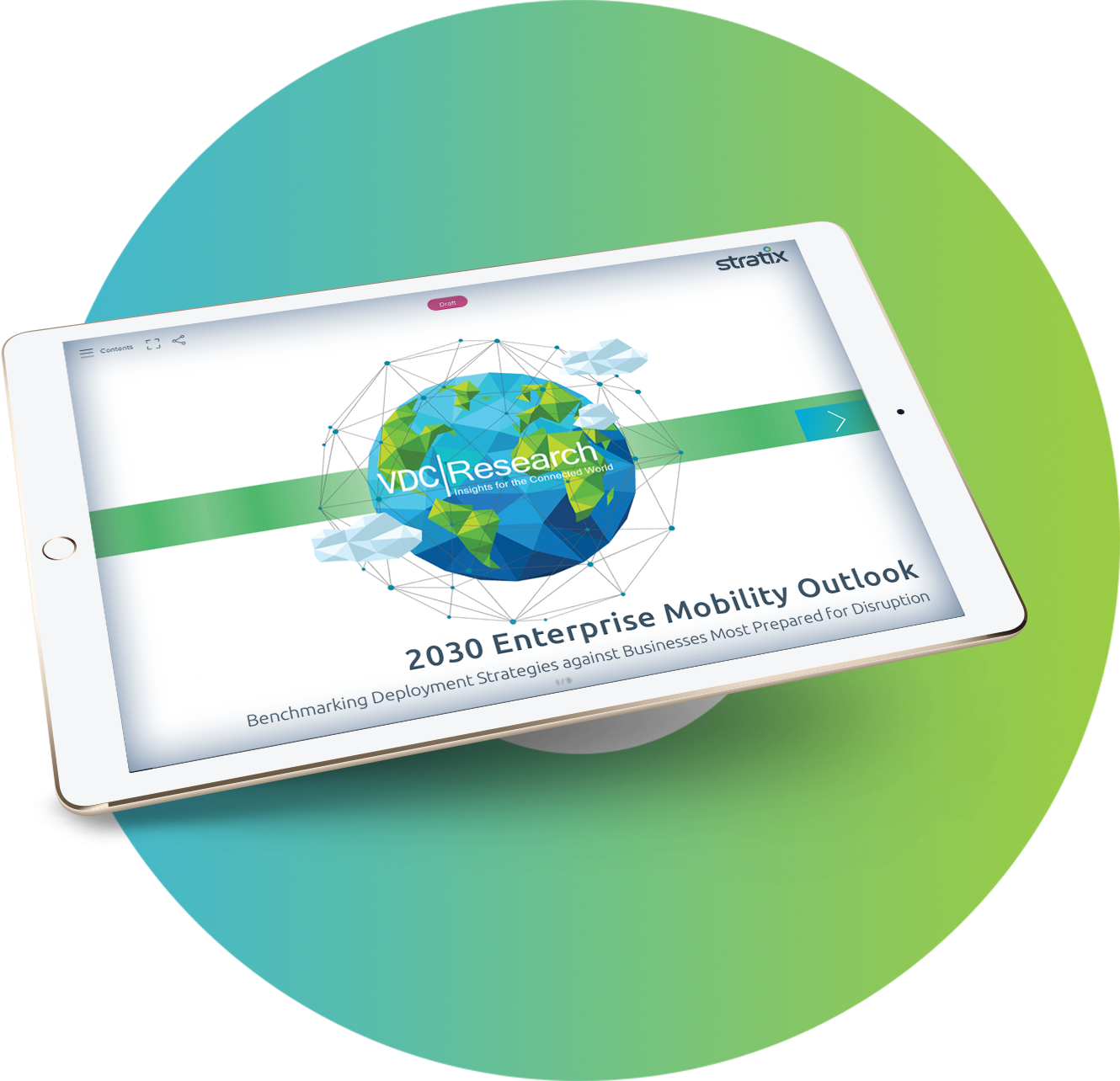Retail Enterprise Mobility Outlook Snapshot
Paper
Retailers have the lowest incidence of Innovators at 29.2% across all industries profiled (average of 37.7%). That said, their use of leading technologies and optimization of them are consistent with mature tech players. Retailers may be heavy tech users, but the lack of Innovators among their number is probably due to the industry’s risk aversion – they are least likely to be the first to deploy new solutions before mass adoption and proven business cases.
Financial factors are influential and pervasive across retail’s decision-making criteria – in evaluating technologies, partners and deployment successes.
- Financial factors are the most important technology evaluation criteria for retailers (35.4%),
- Financial impact is the greatest measure of successful past deployments (60.4%),
- Cost is the single most important technology partner selection criterion for retailers (60.4%)*
- Financial benefit to the organization is the 2nd most critical technology partner selection criteria (58.3%)
* The only industry where this appears as a top criterion
The current technologies deployed by retailers are in line with cross-industry norms, as shown in the below chart. However, retailers look at currently impactful technologies significantly differently – with IoT (20.0%) and machine vision (9.4%) uniquely viewed by this segment as the most game-changing technology. This is likely due to new levels of efficiency in inventory visibility and management that such solutions are driving.
Over the next ten years, retailers’ ranking of impactful solutions shifts slightly, with the emergence of AI. This relatively static distribution of the current and future impactful technology is a consequence of an industry that looks around the current landscape to determine what has best chance of optimization rather than looking ahead.
The significance of capital and operating cost concerns in technology and tech partner selection and in past deployment successes convey that the retail industry is the most cost-sensitive with its relationship to technology and will only implement technologies proven by others first. One route this segment can take to achieve greater technological maturity and increase its rate of Innovators is to build stronger tech partner relationships, so they can be informed earlier on which tech type has a feasible and proven business cases.
Retail at a Glance
Retail’s Mobile Maturity
29.2% to 37.7%: The incidence of mobile technology adoption Innovators in retail compared to the cross-industry average, the lowest rate among any vertical segment. Still, their use of leading technologies is on par:
Financial Factors are Critical to the Risk-averse Retail Segment
Artificial Intelligence (AI) to play an important role: A look at technologies that retail organizations believe to be the most impactful today compared to the ones they think will be the most impactful over the next 10 years, the greatest upward shift by far is AI, from 6.3% saying it is the most impactful today to 18.0% over the next decade.
Prior to achieving any disruption, retail organizations will have to deal with organizational design decision making (33.3%) and a lack of executive support (31.3%), their top two barriers to adapting to change more quickly.

Read the Full 2030 Enterprise Mobility Outlook
Get unique insights into the technologies being used to shape the future success of organizations, and more importantly how those technologies are being deployed. Gain insights into prioritizing, implementing and managing the mobile technologies with the greatest impact for your organization.
Download Research Report












